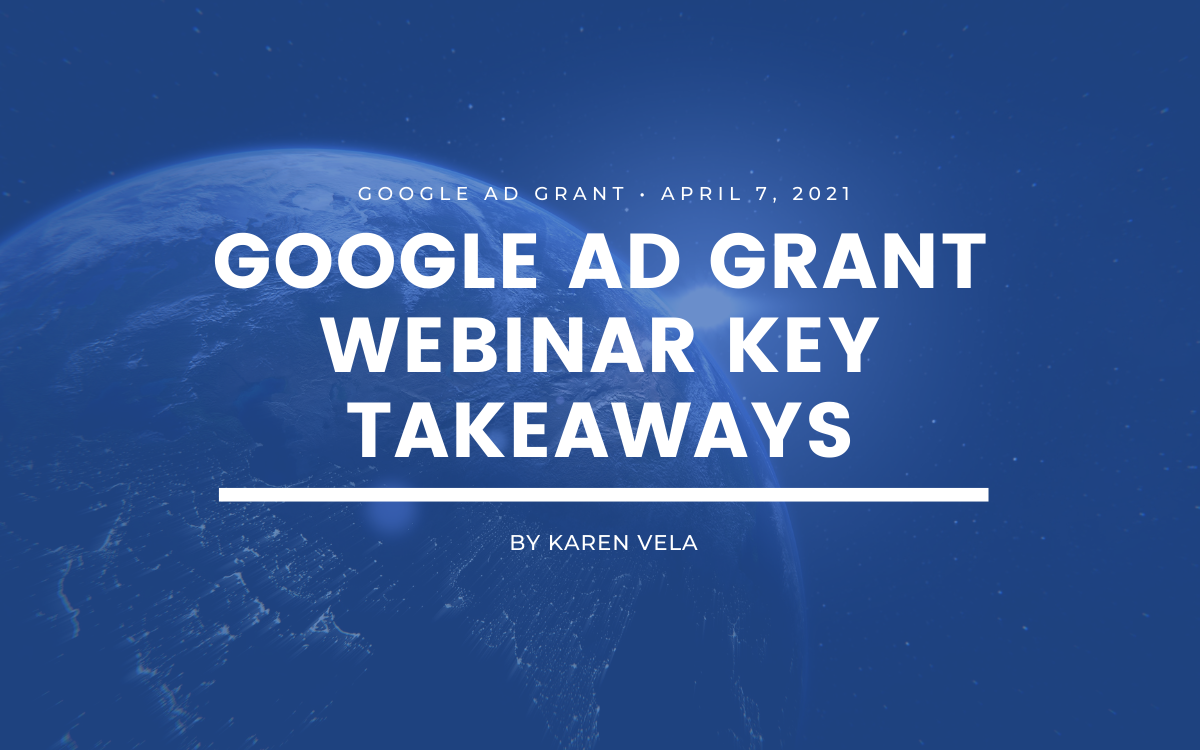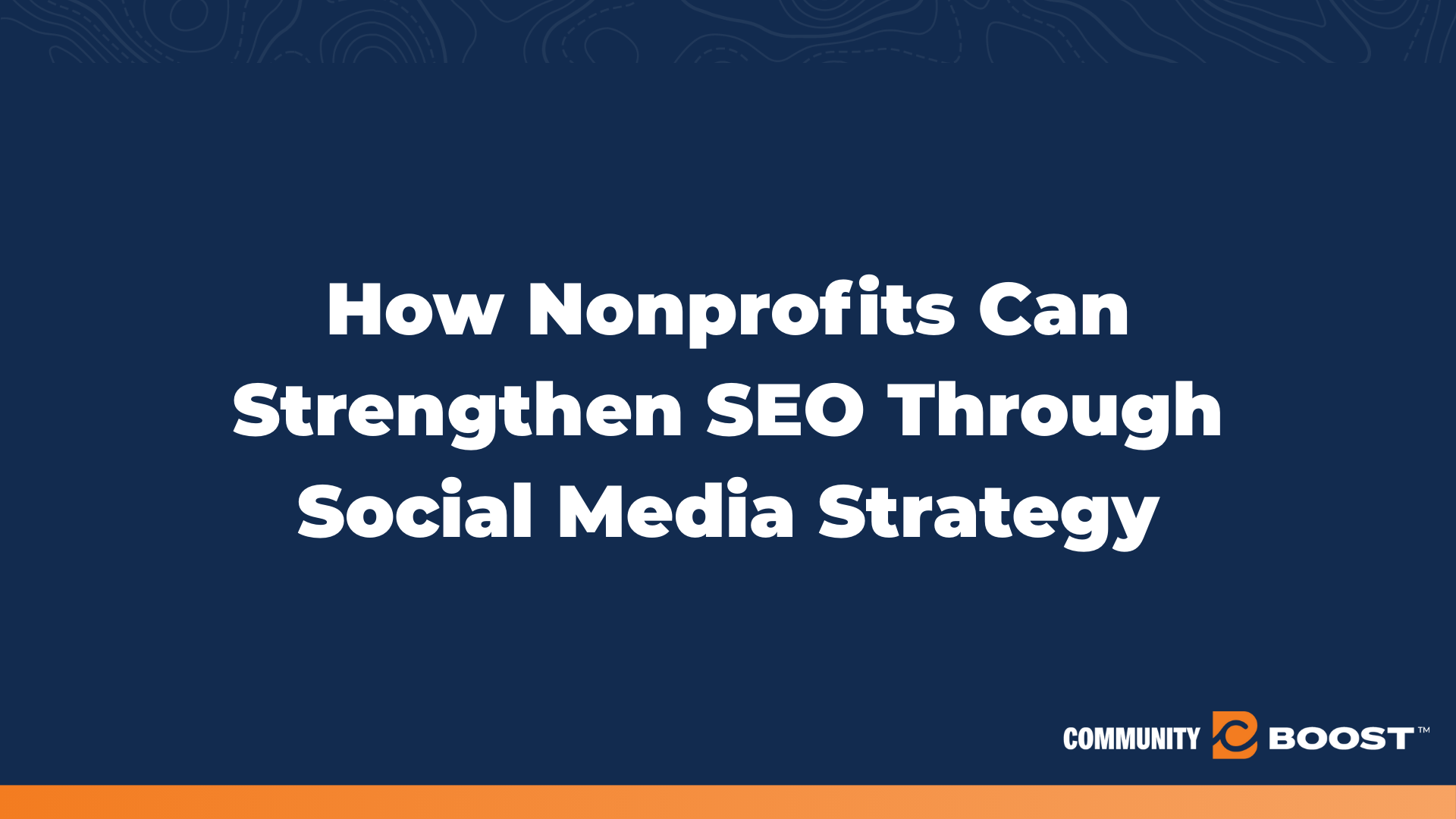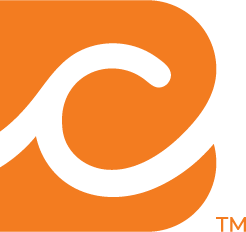Google Ad Grant Webinar Key Takeaways
2 min to read ✭ In this post, you’ll learn about the key takeaways from our recent webinar on Google Ad Grants best practices.
If you’re new here, our team is constantly creating high-quality content and we frequently host webinars featuring our in-house experts and occasionally clients as guest speakers. Our webinar “Google Ad Grants: How to Make the Most of Your Free $10,000/mo in 2021 and Beyond,” went live on April 1st, 2021. If you missed it, be sure the snag the recording at the bottom of this page.
Key Takeaways
Search is Incredibly Powerful
There are 4 billion internet users worldwide and 5.6 billion searches on Google every day. With this many people making searches, users have a specific goal when they type a query into Google. Users are searching with the intent to find specific information. This is what makes search ads unique—you can hit users while they’re basically raising their hand to join your cause. Search marketing allows us to reach huge audiences, deliver highly targeted messaging, are measurable in real-time, and they allow your organization to be responsive to current events.
Trends to Take Into 2021
Here are the key trends our team has learned from managing over $15.7M in Ad Spend in 2020.
1. Responsive Search Ads
These ads allow you to enter multiple headlines and descriptions to automatically test different combinations, compared to traditional expanded text ads. They give your ads the opportunity to compete in more queries, and you can customize them to be shown in any order.
2. Search Terms Report
The search terms report allows you to find the keywords that you may be wasting your ad spend on. Utilize this report to compile a negative keywords list of words associated with your account but that are not relevant to you.
3. Smart Bidding Strategies
The key to smart bidding is to continue testing combinations of strategies in different campaigns. Smart bidding makes your keywords more effective by using signals like device, location, and demographic information to automatically deliver the most optimal bids.
4. Demographic Adjustments
You can exclude certain demographics that may not convert as well as other demographics. For example, exclude users in the 18-24 age group from a campaign around senior services.
5. Audiences
Targeting and adjusting bids for specific audiences can help you show your ads more exclusively to users who are more likely to turn into supporters. Target users based on their habits or interests, their recent purchase intent, or users that have interacted with your site already.
6. Meaningful Conversion Goals
Measure what matters! You can create conversion goals within Google Ads and use Google Tag Manager to configure them, or you can import goals from Google Analytics—all of which are free to use!





